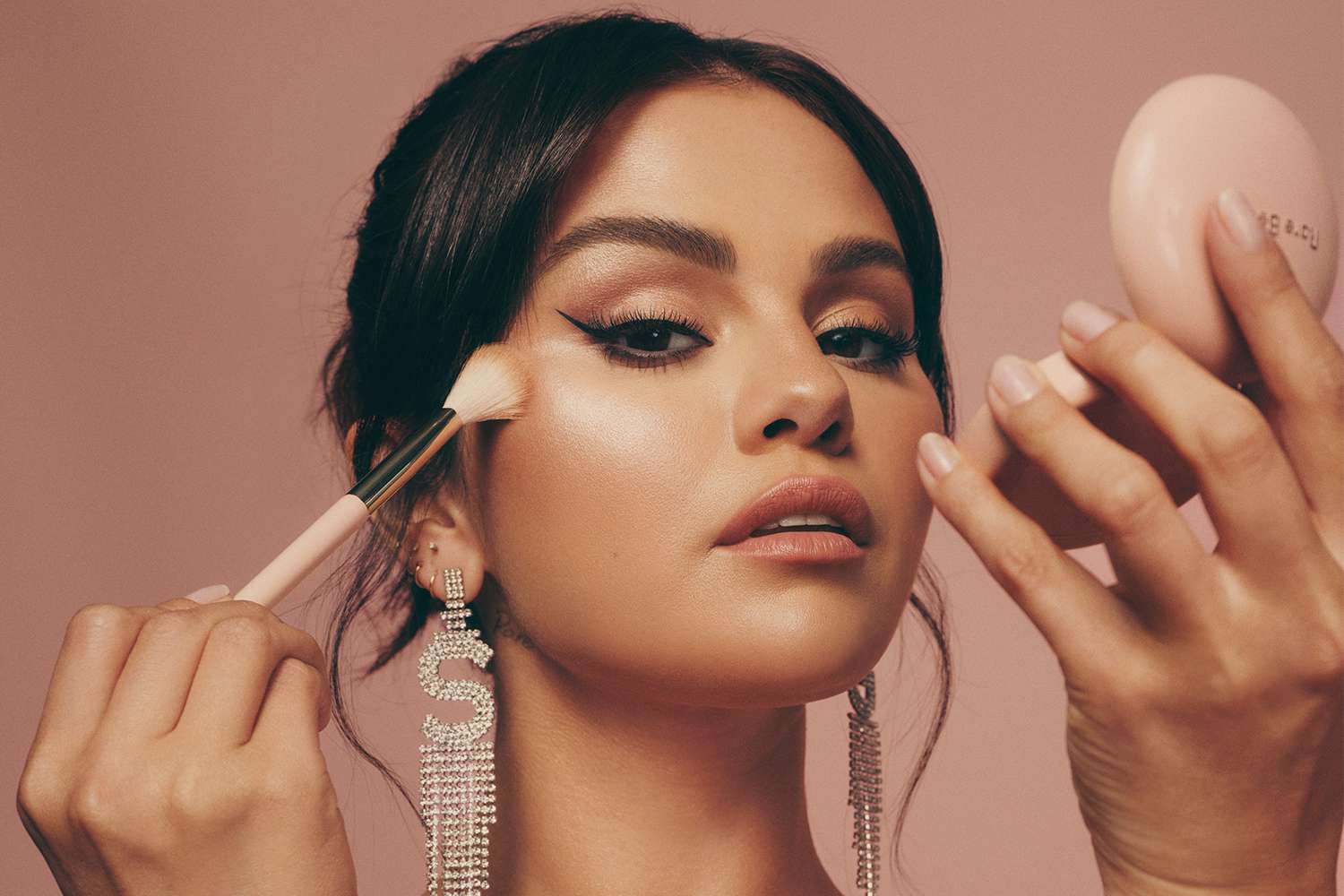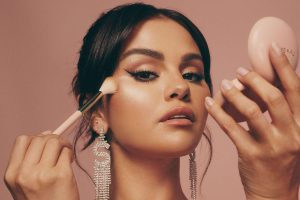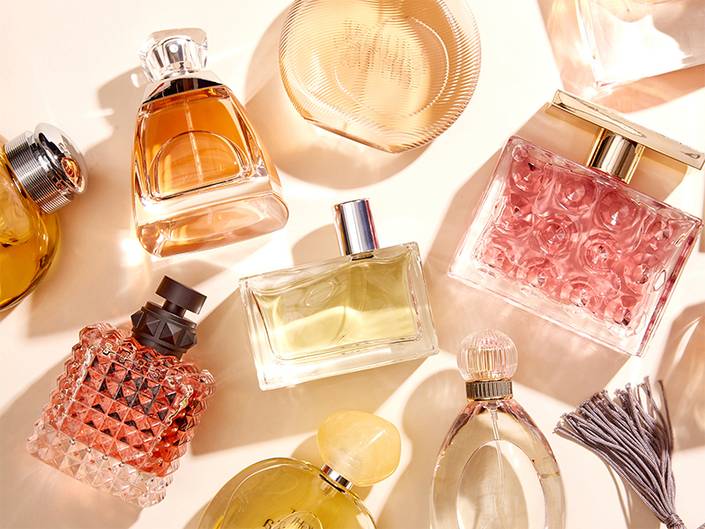
Unlocking the Intellectual Side of Beauty Trends
As we continue to navigate through the ever-changing world of beauty trends, it’s important to take a step back and analyze the intellectual side that lies beneath the surface. Beauty, at its core, is not merely a superficial affair. It encompasses a vast range of perspectives, theories, and historical context that shape the way we perceive and engage with beauty on a personal and societal level.

For many of us, beauty trends serve as a form of self-expression. Experimenting with different makeup looks or hairstyles can be a way to assert our individuality and creativity. But have you ever stopped to think about the origins of these trends? How did they come about, and why do we find them appealing?
The journey of a beauty trend often begins with a cultural or social influencer, someone who has the ability to shape public opinion and set new standards of beauty. From celebrities to social media influencers, these individuals have the power to ignite a wave of enthusiasm for certain beauty practices or products. However, delving deeper into the intellectual aspect of beauty trends reveals that their appeal goes beyond the influence of a few individuals.
Historically, beauty has always played a significant role in society. From ancient civilizations to modern times, people have utilized beauty to convey messages, express status, and even make political statements. Take, for example, the use of cosmetics in Ancient Egypt. The elaborate makeup rituals of both men and women were not only a means of enhancing physical appearance but also had sacred and symbolic connotations. The application of kohl eyeliner was believed to protect against the evil eye and bring blessings, while the use of vibrant colors reflected social status.
Even in contemporary times, beauty trends often reflect the socio-political landscape. The 1920s saw the rise of the flapper girl look, characterized by bold makeup, short hair, and boyish fashion. This was a radical departure from the previous conservative Victorian era and served as a rebellion against societal norms and expectations placed on women.
The intellectual side of beauty trends extends into the fields of art and academia as well. Artists often explore concepts of beauty, challenging societal norms and pushing boundaries. From the surrealism of Salvador Dali to the abstract expressionism of Jackson Pollock, these artists have used their work to provoke thought and question our preconceived notions of beauty.
In academia, beauty is studied through various disciplines such as anthropology, sociology, and psychology. Scholars examine how beauty standards differ across cultures, how they evolve over time, and the psychological factors that influence our perception of beauty. These studies shed light on the underlying reasons behind our attraction to certain beauty trends and challenge us to think critically about our own biases and preferences.
Understanding the intellectual side of beauty trends allows us to engage with them in a more informed and mindful way. It encourages us to question the societal pressures that influence our choices and empowers us to embrace our unique definition of beauty. Rather than blindly following trends, we can explore the historical and cultural context that shapes them, making more conscious decisions about the beauty practices we adopt.
Moreover, the intellectual aspect of beauty trends provides a platform for important conversations about inclusivity and representation. By analyzing the dominant beauty standards perpetuated by media and advertising, we can challenge the narrow definitions of beauty and advocate for a more diverse and inclusive representation of individuals of all genders, races, and body types.
Ultimately, embracing the intellectual side of beauty trends adds depth and richness to our personal journeys with beauty. It opens doors to exploration and creativity, allowing us to appreciate the diverse perspectives and influences that contribute to our perception of beauty. So, the next time you find yourself captivated by a beauty trend, take a moment to unravel its intellectual roots and celebrate its place within the broader tapestry of society.



